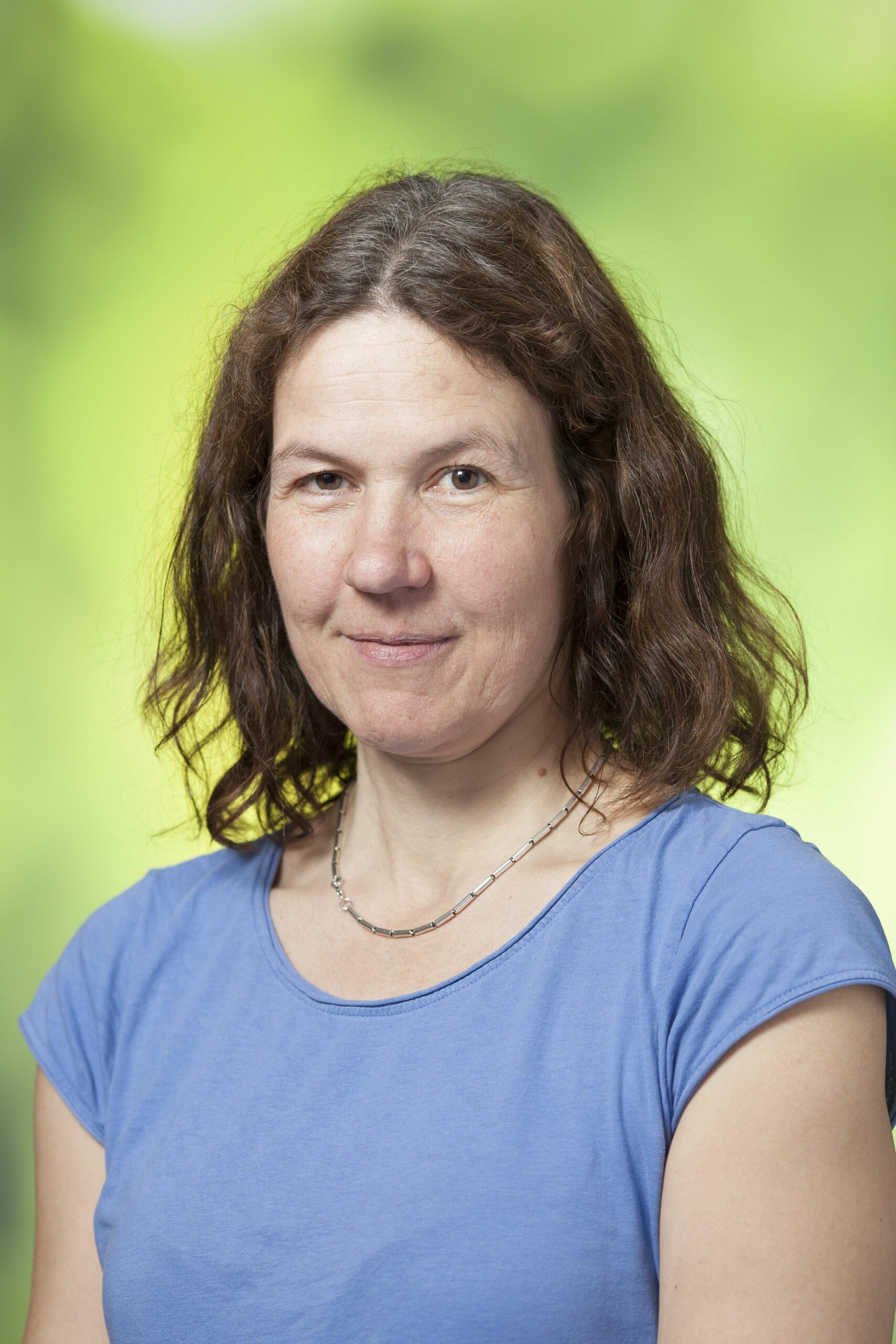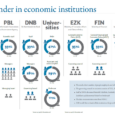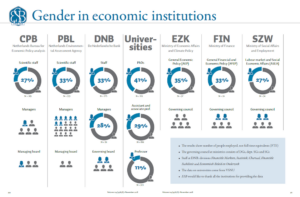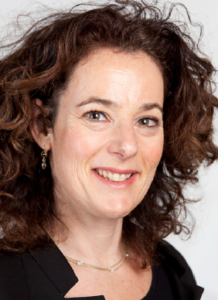In het kort
Women in economics
Why is this article in English?
This article is part of our English publication ‘Women in Economics’. This dossier is in English because English is the main language of the economics and business faculties in the Netherlands, so an ESB dossier about the people who work there should be in English.
In a discussion between Hein Schreuder and myself in ESB 25 years ago, Schreuder stated that the increase in the intake of female students would automatically lead to more women in all ranks of economics staff in the longer run. My assessment was considerably less positive. Back then, Schreuder attributed the stark contrast between our views mainly to my impatience. Was that justified? Have things changed since then?
The situation in the Netherlands has improved slightly compared to 25 years ago. Universities succeed reasonably well in attracting female Research Master and PhD students, as well as post-docs and tenure trackers, but the number of women in senior academic positions is much lower. Despite the introduction of some initiatives, there are still great differences between universities and departments. And the advancement of women in economics has remained largely unchanged. Why?

First, the environment and perceptions have hardly changed and stereotyping is still abundantly present, consciously or unconsciously. Economics is a competitive discipline, and female Bachelor’s, Master’s, and PhD students still have very few examples and role models. The low proportion of women in senior positions also causes a number of more subtle problems. When evaluating candidates (particularly for tenure or promotion), actual working hours, absence due to pregnancy and/or part-time work should also be taken into account. But how this works in practice is often unclear, and the ‘burden of proof’ typically lies with the candidate. Another delicate issue is committee work and administrative tasks. The rule that every committee must include at least one woman implies that female scientists disproportionately sit on such committees. Finally, women are generally more involved in departmental (non-research) issues and do more than their fair shares. All in all this means that women may spend less time on research, and do not fit the prevailing image of ‘good scientists’ with many publications.
Rectors, deans, department heads and policy officers often do not seem to fully realize these differences. They need to do more and should be held accountable when, for example, targets are not met. We must move away from the one-dimensional image of scientists and invest in female capital, for instance by offering positions to talented women, even if there may not be budget available at the time.
I have to admit that I’m not the most patient person. However, when I consider the facts and my own experiences over the past 25 years, I do not think my impatience plays a role here. During a recent farewell speech by a colleague professor in Tilburg, only one female professor joined the cortège, among approximately fifty male colleagues. Unfortunately, by and large my conclusion that women in economic science have no more than a foot in the door still seems to be true. The problems are persistent and there are no simple solutions. And time alone has not solved and will not solve these issues.
Auteur
Categorieën









